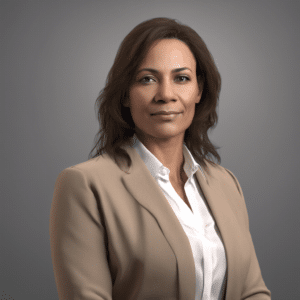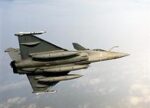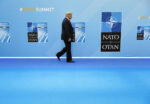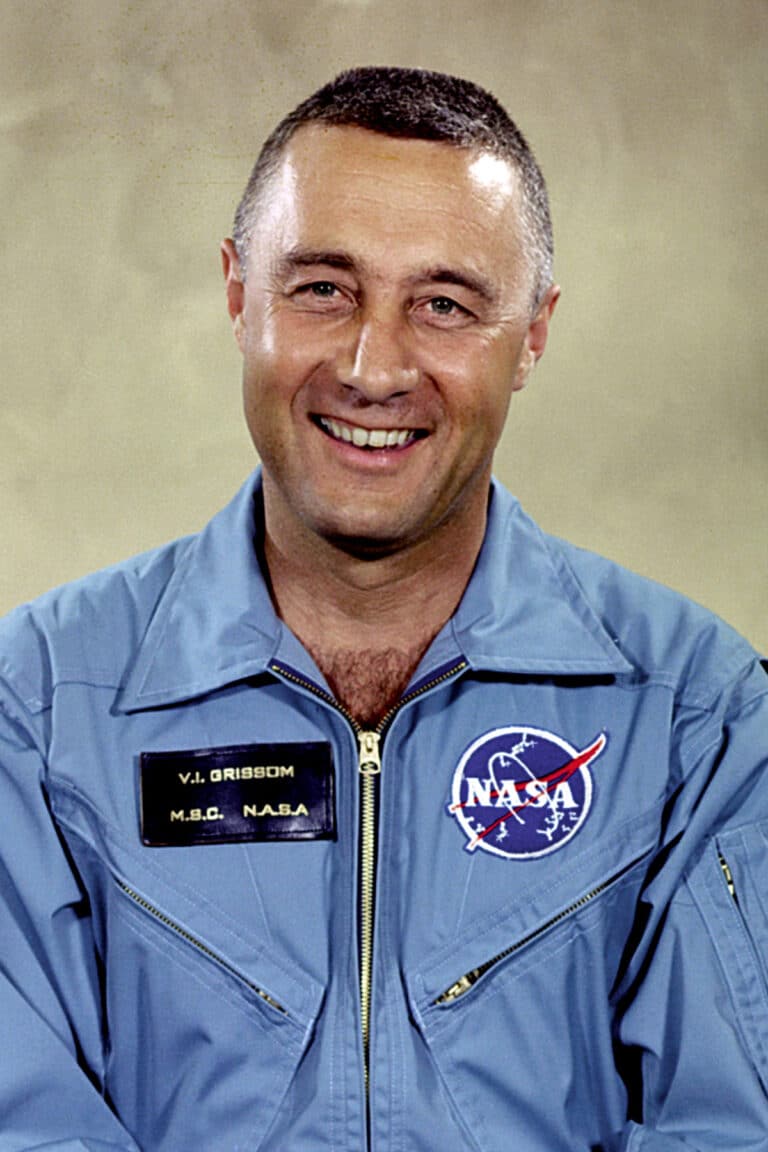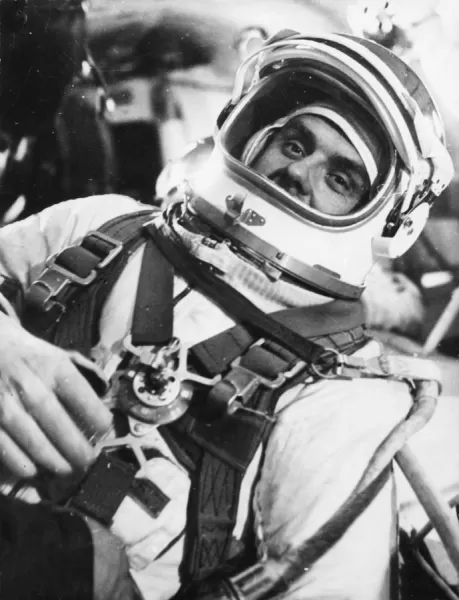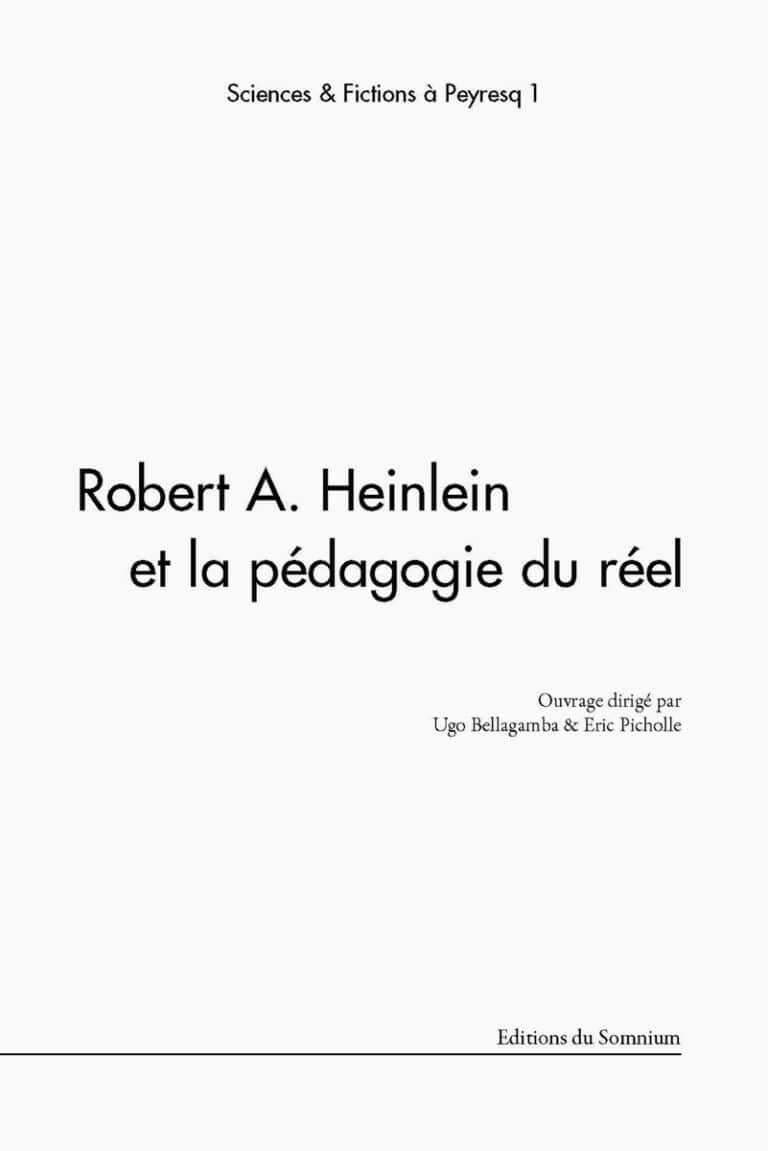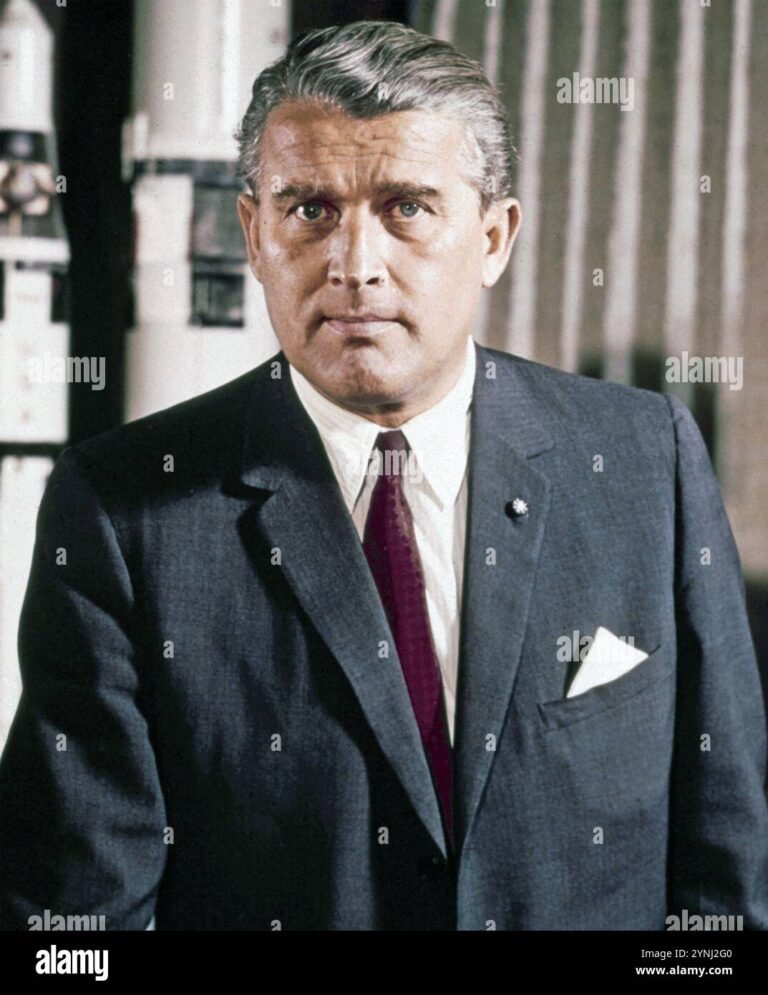Mark Kitz, an iconic figure in American electronic warfare, is about to embrace a new leadership role. After years dedicated to developing sensors and electronic warfare technologies, he is taking the helm of PEO C3T. This transition underscores his expertise and commitment to military innovation.
His career within the army has allowed him to lead key projects such as missile warning suites and biometric devices, thereby enhancing the capabilities of the U.S. Army. As the new head of PEO Command, Control and Communications-Tactical, Kitz is focusing on improvements in radio communications, satellite connectivity, and network upgrades. His experience at PEO Intelligence, Electronic Warfare and Sensors has been marked by responsive investments against emerging threats, including countermeasures to improvised explosive devices. Today, he emphasizes creating windows of opportunity in the electromagnetic spectrum, essential for modern tactical operations. Kitz insists on the need to equip units with the tools required to fully leverage these technological advances, ensuring increased effectiveness on the ground. His proactive and collaborative approach with other military branches promises to further enhance the Army’s cyber and communication capabilities.
During his twelve years at PEO IEW&S, Kitz has observed a significant evolution in the electronic warfare environment. He has highlighted the importance of understanding and mastering the electromagnetic spectrum to counter adversarial tactics such as jamming and spoofing. He also emphasizes the challenges associated with integrating offensive and defensive cyber capabilities, now under the new PEO Cyber Command. This reorganization aims to provide integrated and synergistic capabilities, essential for addressing contemporary threats.
Among the achievements Kitz is proudest of is the successful deployment of reliable navigation and synchronization systems, as well as the development of advanced infrared systems for reconnaissance operations. These advancements reflect his commitment to innovation and the reliability of equipment provided to the armed forces. By taking the helm of PEO C3T, Kitz is ready to face new challenges, leveraging his expertise in radio frequency engineering and satellite communication. His goal is clear: to strengthen command and control capabilities to ensure operational superiority for the U.S. Army in future conflicts.
Table des matières
ToggleWhat are the main motivations behind your transition to PEO C3T?
Mark Kitz, drawing on his twelve years of experience at PEO IEW&S, expresses his main motivation: returning to his roots in satellite communications and radio wave engineering. Having started his career in this field, Kitz sees this change as an opportunity to reconnect with his early professional passions while bringing in solid expertise gained over the years. “I am thrilled to lead such a high-performing organization as PEO C3T, which takes me back to my beginnings in radio frequency engineering,” he states.
This transfer is not just a career evolution but also a strategic response to the current needs of the Army. With the rise of cyber threats and challenges in satellite connectivity, Kitz views this role as a chance to apply his skills to strengthen the Army’s tactical communication capabilities. This decision also aligns with the efforts of the arms industry in Europe, where merging skills and technologies is crucial to maintaining an advantage over adversaries.
Moreover, Kitz is motivated by the desire to contribute to innovative projects such as advanced satellite networks and integrated command and control systems. His goal is to create synergies between different branches of the military to improve operational efficiency and the resilience of communication systems. This transition therefore represents a key step in his career, allowing him to implement strategies that address contemporary challenges while preparing for the future capabilities of the Army.
How do you plan to integrate your past experiences into your new role?
Mark Kitz plans to use his rich experience at PEO IEW&S to enrich his new functions at PEO C3T. Having managed electronic warfare technologies, biometric detection systems, and electronic countermeasure tools, he intends to integrate this knowledge to develop more robust and secure communication solutions. “My experience with electronic warfare systems allows me to better understand the vulnerabilities of communication networks and develop strategies to strengthen them,” he explains.
Furthermore, Kitz wants to leverage data collection and analysis programs located in the Terrestrial Layer System to enhance command and control capabilities. He also envisions close collaboration with other branches of the armed forces and industrial partners to foster an interdisciplinary approach to current technological challenges. This approach is similar to the transitions planned for future combat in urban areas, where collaboration and technological integration are essential.
Kitz also intends to apply lessons learned from implementing programs like the Multi-Function Electronic Warfare-Air Large, adapting these practices to enhance tactical communication and satellite connectivity systems. This integration of past experiences aims to create more resilient and efficient systems capable of quickly adapting to emerging threats and battlefield changes.
What are the major challenges you anticipate in this executive office change?
Mark Kitz identifies several key challenges in his transition to PEO C3T. One major challenge is the necessity to align communication technologies with constantly evolving operational requirements. “The technological landscape is evolving rapidly, and it is crucial to stay at the forefront to ensure operational superiority,” he asserts. This involves managing the complexity of network systems and ensuring smooth integration with existing technologies.
Another significant challenge is the management of cybersecurity. With the rise of cyber threats, Kitz will need to ensure that communication systems are protected from intrusions and attacks. This requires close collaboration with cybersecurity teams and regular updates of security protocols. In connection with essential aerospace cybersecurity training, it is crucial to train teams to be ready to meet these challenges.
Additionally, Kitz anticipates challenges related to resource management and optimizing acquisition processes. Coordination among different departments and prioritizing projects will be crucial for maximizing efficiency and minimizing costs. “Creating a culture of collaboration and transparency is essential for successfully navigating this transition,” he emphasizes.
Finally, transitioning to a new role also comes with personal challenges, such as adapting to a new team and managing organizational change. Kitz plans to address these challenges by fostering an open culture and encouraging knowledge sharing, while emphasizing continuous professional development.
How do you see electronic warfare technologies evolving under your leadership?
Mark Kitz anticipates significant evolution in electronic warfare technologies within PEO C3T. He aims to integrate more advanced detection and jamming systems to counter emerging threats such as GPS spoofing and jamming attacks. “The goal is to create electronic warfare capabilities that not only respond to current threats but also anticipate future ones,” he states.
In this regard, Kitz seeks to invest in proactive detection technologies and rapid response systems. This includes developing devices capable of more effectively and precisely countering electromagnetic threats. Building on the successful past programs like CREW Duke, he envisions modernizing current systems to make them more resilient and sophisticated.
Moreover, Kitz envisions increased collaboration with technology industries and research laboratories to stimulate innovation. This approach may include public-private partnerships aimed at developing innovative solutions and accelerating the deployment of new technologies on the battlefield. “Collaboration is essential to stay at the forefront of electronic warfare technology,” he affirms.
Another key aspect of this evolution is the integration of artificial intelligence and machine learning algorithms into electronic warfare systems. These technologies can enhance systems’ ability to detect and respond to threats in real time, optimizing decision-making processes and reducing response times. This aligns with the advancements in guided munitions, which demonstrate how AI can transform modern military operations.
Finally, Kitz is committed to ensuring continuous training and professional development for electronic warfare teams, ensuring they have the skills needed to fully leverage new technologies and maintain operational superiority.
What is your vision for strengthening tactical communication capabilities in the Army?
Mark Kitz envisions transforming the tactical communication capabilities of the Army by integrating cutting-edge technologies and adopting an approach focused on interoperability and resilience. According to him, the key to success lies in creating robust and secure communication networks that can withstand enemy interference and ensure continuous connectivity on the battlefield.
To achieve this goal, Kitz proposes modernizing satellite networks and radio communications infrastructures by incorporating advanced technologies such as mesh networking and location-based communications. These technologies allow for increased flexibility and better management of communication resources, which is essential in dynamic and unpredictable combat environments.
Furthermore, Kitz emphasizes the importance of interoperability between different branches of the armed forces and with international allies. He plans to develop common standards and interaction protocols to facilitate real-time collaboration and information sharing. This vision aligns with the initiatives for urban combat of tomorrow, where effective coordination among units is crucial for operational success.
Additionally, Kitz seeks to integrate advanced security solutions to protect communications against cyberattacks and intrusions. This includes using cutting-edge cryptography, intrusion detection mechanisms, and automated response systems to ensure the integrity and confidentiality of transmitted data.
Finally, Kitz plans to promote a culture of continuous innovation within tactical communication teams by encouraging research and the development of new technologies and investing in training and skill enhancement for military personnel. This proactive approach aims to anticipate future challenges and maintain technological superiority on the battlefield.
How do you plan to foster innovation and interservice collaboration in your new position?
Mark Kitz recognizes that innovation and interservice collaboration are essential to address the complex and multidimensional challenges of the modern military world. To foster these aspects, he plans to implement several key initiatives within PEO C3T.
First, Kitz aims to establish interdisciplinary collaboration platforms that bring together experts from various branches of the armed forces, as well as industrial and academic partners. These platforms will facilitate the sharing of ideas, co-creation of solutions, and identification of potential synergies. Drawing inspiration from the transformations in urban battlefield, it is crucial to develop coordinated strategies that leverage the diverse skills of each service.
Second, Kitz wants to encourage a culture of calculated risk-taking and entrepreneurial spirit within teams. He plans to introduce innovation competitions and project incubators to stimulate creativity and individual initiative. These initiatives will help discover new approaches and technologies that can be integrated into military operations.
Additionally, Kitz emphasizes the importance of continuous training and professional development. He plans to organize regular training sessions, knowledge-sharing workshops, and seminars on the latest technological advancements and best practices in command and control. This will ensure that teams remain at the forefront of innovation and are ready to adopt new technologies quickly and effectively.
Finally, Kitz envisions strengthening partnerships with technology industries and research centers to facilitate access to the latest innovations and accelerate the development and deployment of new capabilities. By establishing strong relationships with key players in the private sector, he will be able to more easily integrate innovative solutions and tailor them to the specific needs of the Army.
By adopting these strategies, Kitz hopes to create an environment conducive to continuous innovation and interservice collaboration, which is essential for maintaining technological and operational superiority in the field.
How do you plan to strengthen cybersecurity within communication systems?
Mark Kitz places cybersecurity at the heart of his priorities in his new role at PEO C3T. Aware of the crucial importance of protecting communication systems against cyber threats, he plans to deploy a multifaceted approach to enhance the security of military infrastructures and data.
First, Kitz wants to invest in advanced cryptographic solutions to ensure the confidentiality and integrity of communications. By collaborating with cybersecurity teams and cryptography experts, he envisions developing robust encryption protocols that will withstand attempts of breach and hacking.
Second, he plans to implement intrusion detection and response systems (IDS/IPS) to continuously monitor communication networks and identify suspicious activities in real-time. These systems will enable rapid responses to security incidents and minimize the potential impacts of cyberattacks.
Furthermore, Kitz seeks to strengthen the operational resilience of communication systems by integrating redundancy mechanisms and continuity of operations. This includes developing backup networks and alternative communication systems that can be activated in case the primary systems fail, ensuring uninterrupted connectivity even in crisis situations.
Moreover, Kitz emphasizes the importance of training and awareness for personnel regarding best practices in cybersecurity. He plans to organize ongoing training programs to enhance team skills and prepare them to face evolving threats. This initiative aligns with the essential aerospace cybersecurity training paths, which highlight the importance of having highly qualified personnel.
Finally, Kitz envisions collaborating closely with government cybersecurity agencies and international partners to share information on threats and best practices. This collaboration will help create a stronger defense network and enhance the Army’s capacity to anticipate and counter cyberattacks.
What is your strategy for integrating artificial intelligence into tactical communication systems?
Mark Kitz recognizes the transformative potential of artificial intelligence (AI) in tactical communication systems. His strategy for integrating AI aims to improve the efficiency, speed, and resilience of military communications while ensuring more informed and responsive decision-making on the battlefield.
One of the first steps in this integration involves developing machine learning algorithms capable of real-time analysis of communication data to detect and predict anomalies and intrusions. By using AI to monitor networks, Kitz hopes to quickly identify potential threats and activate appropriate countermeasures before they compromise communication systems.
Additionally, Kitz plans to use AI to optimize routing and data management processes in communication networks. Intelligent algorithms can analyze network conditions in real-time and dynamically adjust communication routes to ensure smooth and efficient transmission of information, even in complex combat environments.
Moreover, AI will be used to enhance the resilience of communication systems by enabling autonomous reaction to failures or attacks. For example, AI-equipped systems can autonomously reorganize networks to maintain connectivity, even if certain parts of the network are compromised.
Kitz also plans to collaborate with the Chief Digital and Artificial Intelligence Office to develop AI solutions tailored to the specific needs of the Army. This collaboration aims to align AI initiatives with strategic priorities and leverage the latest technological advancements to enhance tactical communication capabilities.
Finally, Kitz emphasizes the importance of training and skill development in AI within tactical communication teams. He plans to organize specialized training programs and workshops to familiarize teams with AI tools and techniques, ensuring effective and responsible adoption of these advanced technologies.
By strategically integrating AI, Kitz aims to create smarter, adaptive, and robust tactical communication systems capable of meeting the complex and changing demands of modern military operations.

